How to Use Patrolling Tactics to Move as a Team
How to Use Patrolling Tactics to Move as a Team
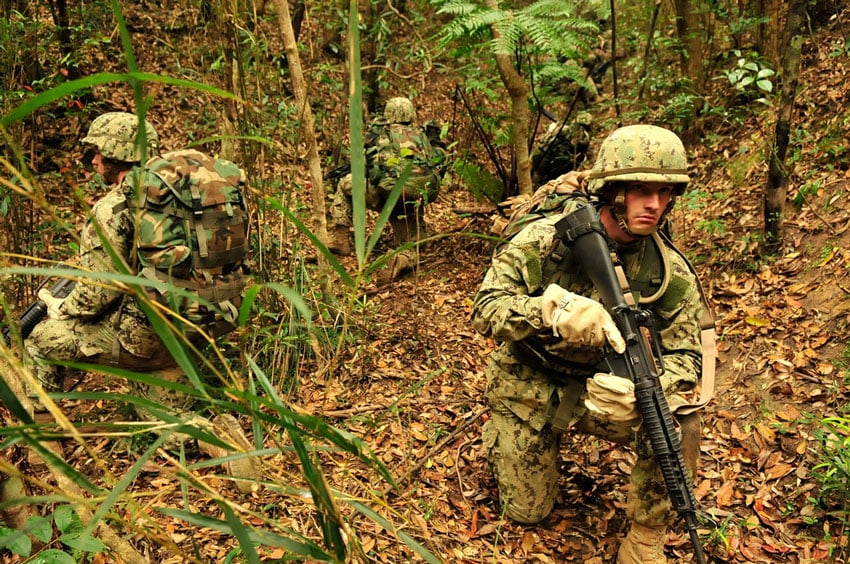
It’s always the same story in action movies, the bad guy is walking around his home or the courtyard outside when a team of well outfitted, steely-eyed operators pop out of nowhere to snatch him up. What the movies don’t show, is the long and arduous movement that the team had to do just to get into position in the first place. The infil and exfil phases of an operation are every bit as important as the actions on the objective, but certainly not as sexy in real life.
Learning to move as a team can be beneficial beyond the battlefield. There’s an obvious parallel to hunting since stealth will greatly reduce the amount of time necessary for a successful hunt. Additionally, when you’re with a partner, learning the same tactics and non-verbal communication techniques can greatly enhance your experience.
Army Field Manual 3-21.8 (FM 7-8) deals with exactly this idea, moving as a team. This information and more is open source and can be found on Army sanctioned sites such as armypubs.army.mil. Tactical Movement refers to a team’s movement when not in direct contact with the enemy. The tactics used will vary widely based on factors of terrain, patrol size and enemy posture. The factors that don’t change are the following:
- Maintain cohesion
- Maintain communication
- Maintain momentum
- Provide maximum protection
- Make enemy contact in a manner that allows them to transition smoothly to offensive or defensive action
All of these elements are critical if the team is going to arrive in the right place, at the right time, without compromise and maintain 100% accountability of every member. While this applies to movement in vehicles as well as on foot, we’ll only be discussing the latter.
Movement Formations
Different formations are used for different reasons. The changes in formation will determine the distance between Soldiers, sectors of fire and responsibilities for 360-degree security. The space between personnel will vary based on the level of illumination as well. You should never be outside of view of the man ahead of you or the man behind you. This is important for non-verbal communication techniques.
Column/File Formation
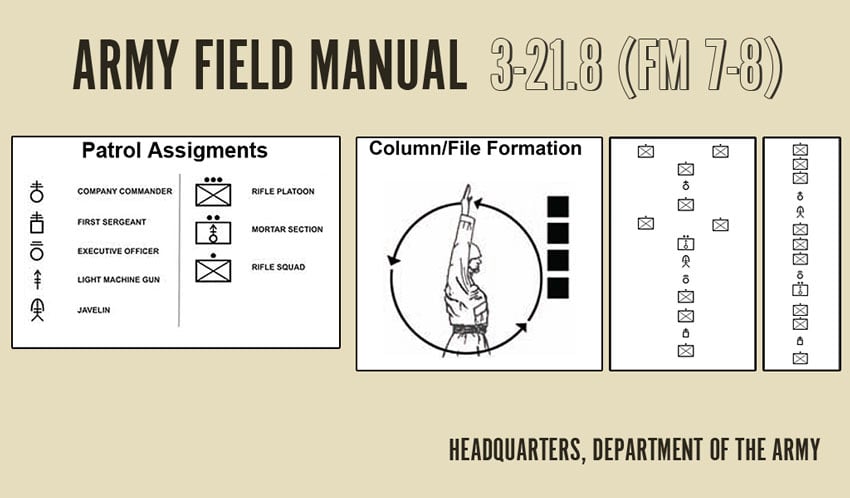
Characteristics
- One lead element
- Majority of observation and direct fires oriented to the flanks; minimal to the front
- One route means unit only influenced by obstacles on that one route
Advantages
- Easiest formation to control (as long as leader can communicate with lead element)
- Ability to generate a maneuver element
- Secure flanks
- Speed
Disadvantages
- Reduced ability to achieve fire superiority to the front
- Clears a limited area and concentrates the unit
- Transitions poorly to bounding over watch, base of fire and assault
- Column’s depth makes it a good target for close air attacks and a machine gun beaten zone
Line Formation
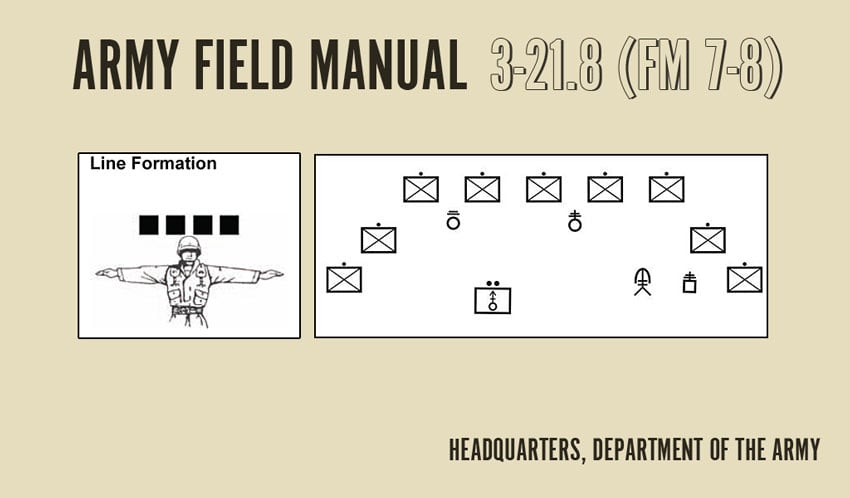
Characteristics
- All elements arranged in a row
- Majority of observation and direct fires oriented forward; minimal to the flanks
- Each subordinate unit on the line must clear its own path forward
- One subordinate designated as the base on which the other subordinates cue their movement
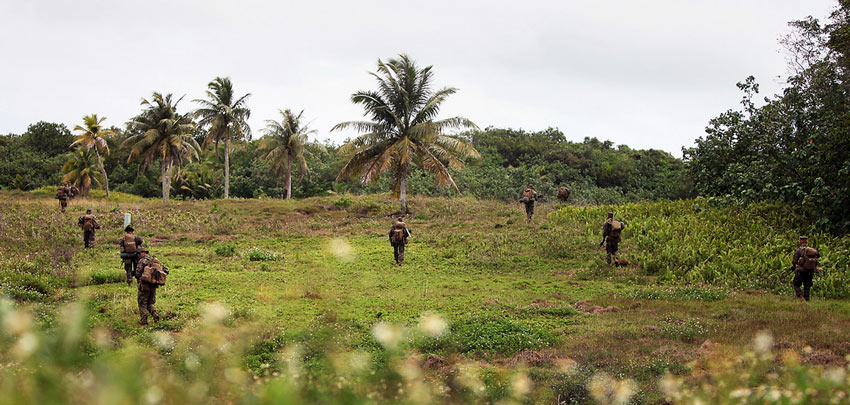
Advantages
Ability to:
- Generate fire superiority to the front
- Clear a large area
- Disperse
- Transition to bounding overwatch, base of fire, or assault
Disadvantages
- Control difficulty increases during limited visibility and in restrictive or close terrain
- Difficult to designate a maneuver element
- Vulnerable assailable flanks
- Potentially slow
- Large signature
Wedge Formation
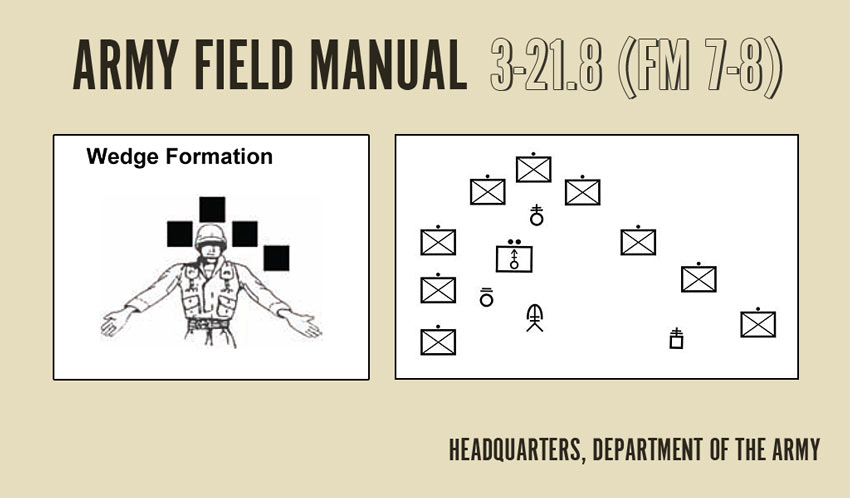
Characteristics
- One lead element
- Trail elements paired off abreast of each other on the flanks
- Used when the situation is uncertain
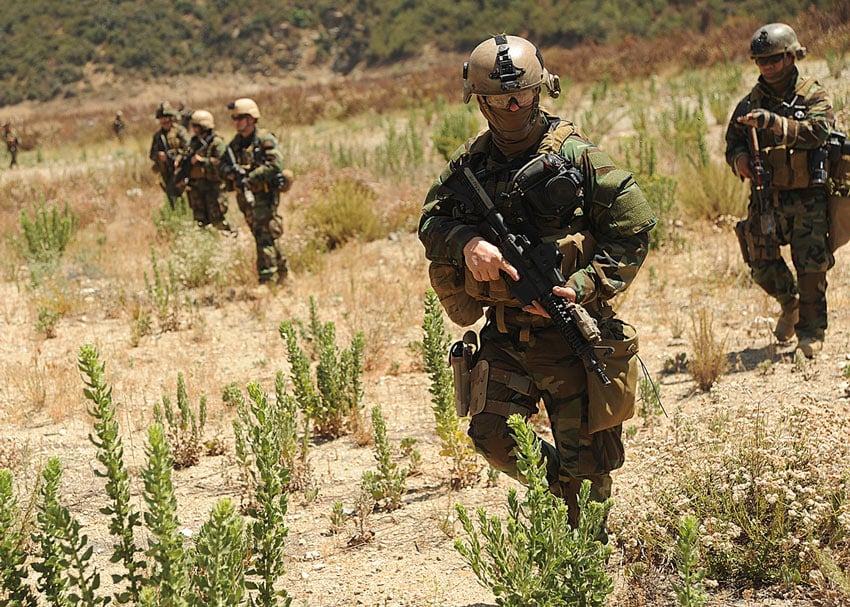
Advantages
Ability to:
- Control, even during limited visibility, in restrictive terrain, or in close terrain
- Transition trail elements to base of fire or assault
- Secure the front and flanks – Transition the line and column
Disadvantages
- Trail elements are required to clear their own path forward
- Frequent need to transition to column in restrictive, close terrain
Vee Formation
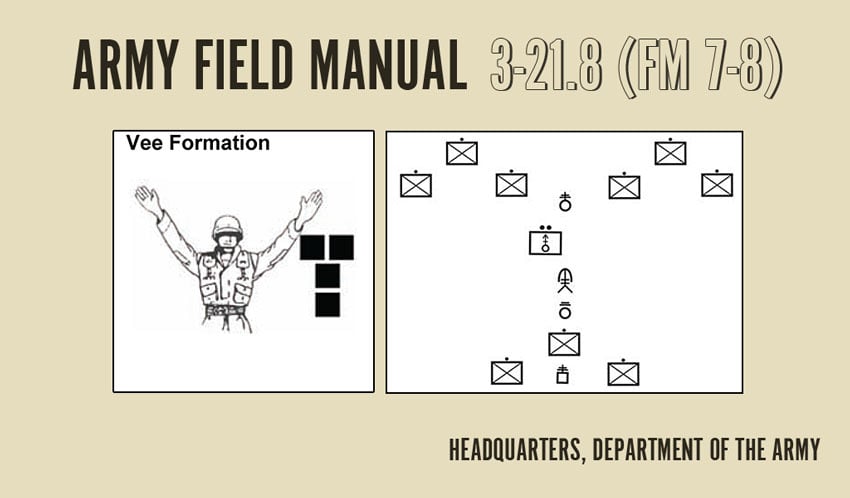
Characteristics
- Two lead elements
- Trail elements move between the two lead elements
- Used when contact to the front is expected
- “Reverse wedge”
- Unit required to two lanes/routes forward
Advantages
Ability to:
- Generate fire superiority to the front
- Generate a maneuver element
- Secure flanks
- Clear a large area
- Disperse
- Transition to bounding overwatch, base of fire, or assault
Disadvantages
- Control difficulty increases during limited visibility and in restrictive or close terrain
- Potentially slow
Echelon Formation
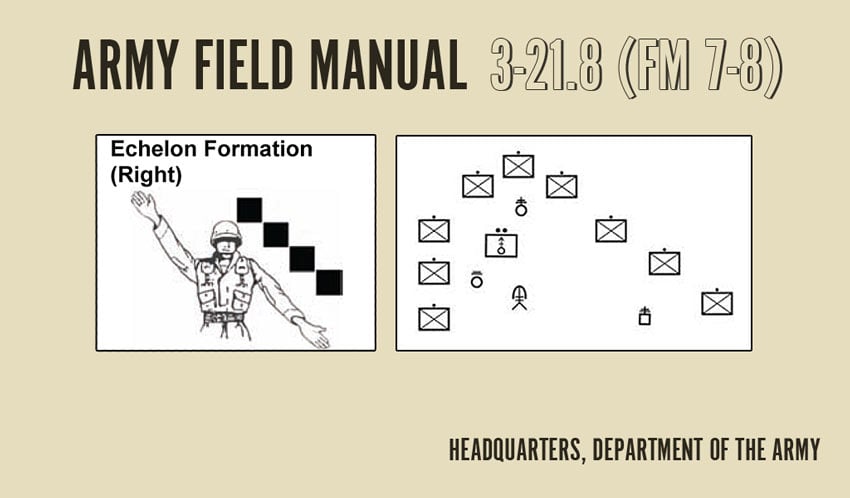
Characteristics
- Elements deployed diagonally left or right
- Observation and fire to both the front and one flank
- Each subordinate unit on the line clears its own path forward
Advantages
- Ability to assign sectors that encompass both the front and flank
Disadvantages
- Difficult to maintain proper relationship between subordinates
- Vulnerable to the opposite flanks
Stealth
Sound
When you’re moving, it’s imperative that good noise discipline is maintained. Sound is more likely to compromise you and your position than anything else. Sound always travels further than you think, which means that moving slowly will be to your advantage.
Sight
The worst thing that you can do during a movement is to use the crest of a hill, even though it’s easier walking. The silhouette created by walking along a hilltop can be seen for miles and means that compromise is possible without the element ever becoming aware. This is where the term “military crest” comes from. When walking along a hillside, ensure that the top of the ridge is well above the top of your heads. Use the hill or mountain to your advantage and mask your movement.
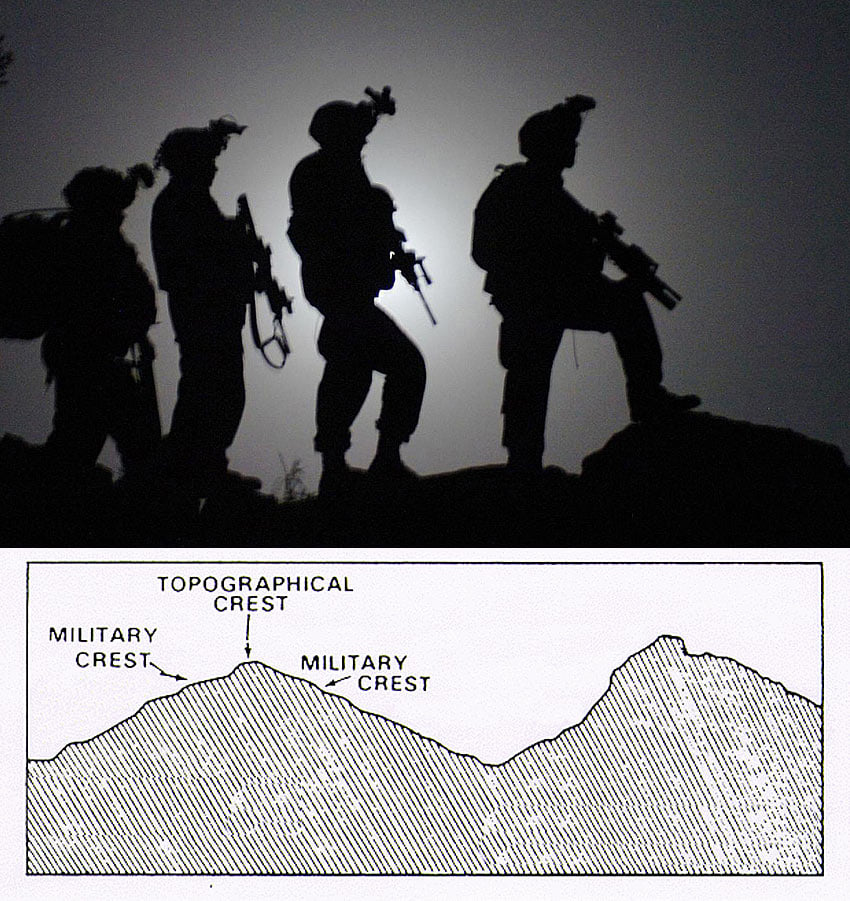
Communication
Chatter is not your friend. Use non-verbal communication techniques such as hand signals whenever possible. Only use radio communication when it’s absolutely necessary. We’ll cover hand signals at a later date, but as long as the group is all on the same page, it really doesn’t matter what hand gestures you use.
Aside from Military and Law Enforcement applications, there are some benefits to learning these tactics in the civilian sector. Competitive airsoft and paintball games will be a lot more fun if everyone is on the same page, using tactics that are proven and effective. It’s also enjoyable to patrol as a team and can be a great bonding experience, where after multiple repetitions, your group will begin moving like water over rock; smooth and fast. After it becomes second nature, you’ll even begin to recognize your friends with zero illumination by their silhouette and the nuances of their mannerisms.
The most important reason to learn these methods will become evident for all of you who will be attending Muster III in October!
Editor-in-Chief’s Note: Nick recently left the Navy after serving for 10 years as a Navy SEAL with multiple deployments, having been awarded the Bronze Star for operations in austere environments. Nick’s been with us since the beginning here at ITS on our Advisory Board.







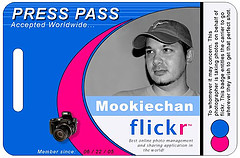
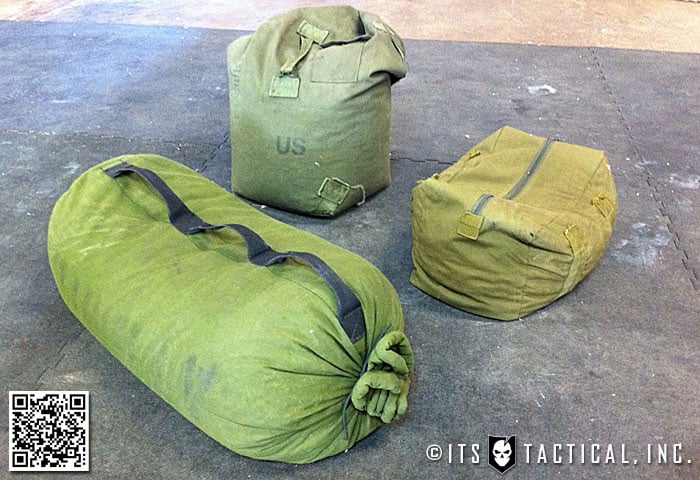
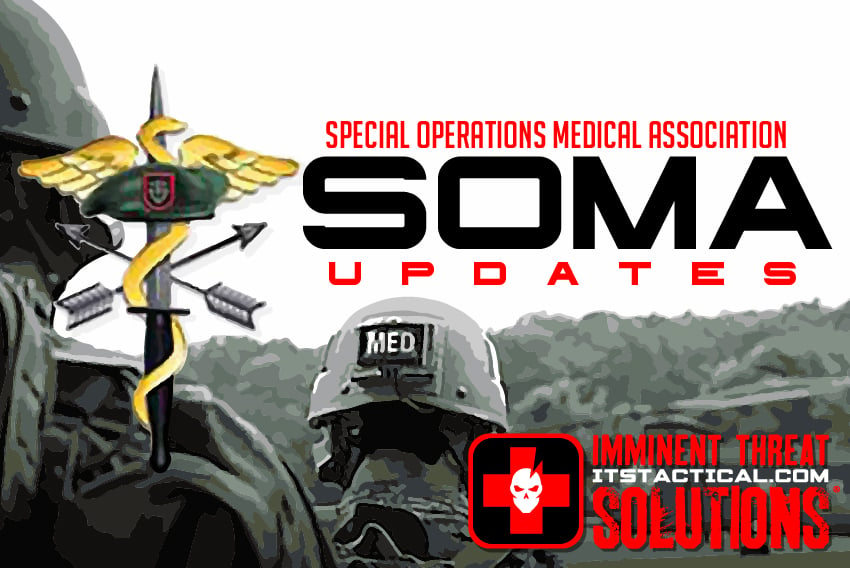

Discussion